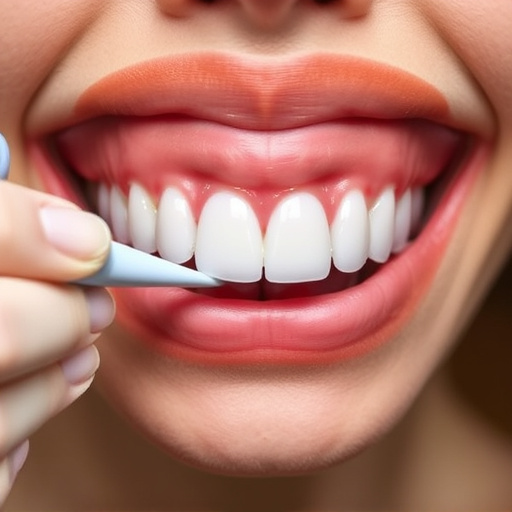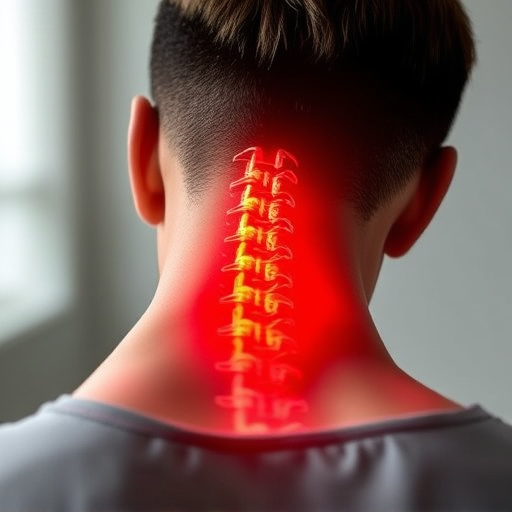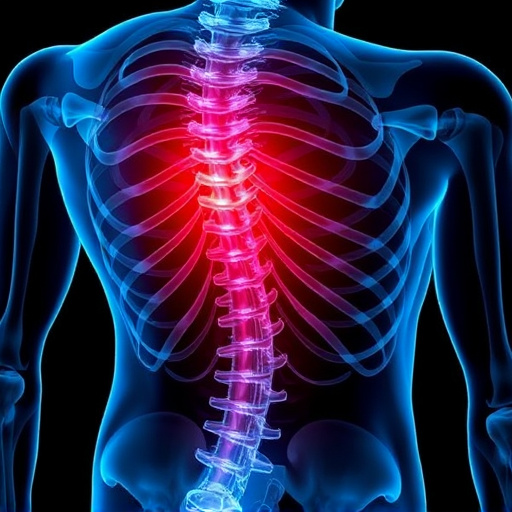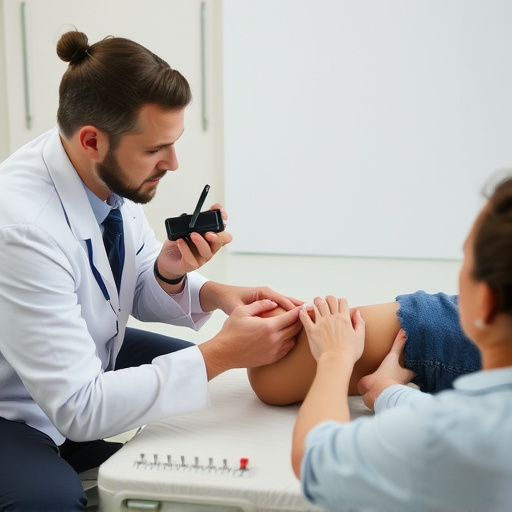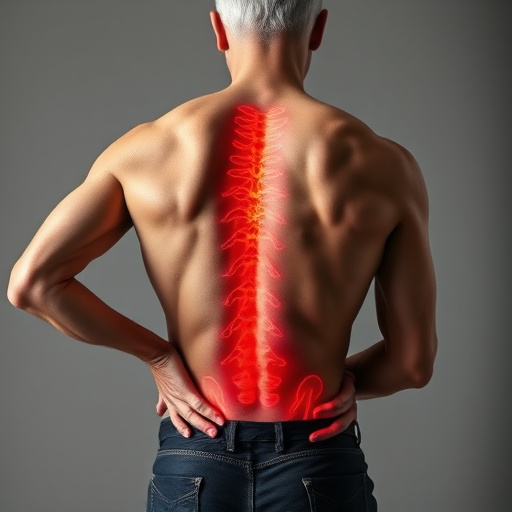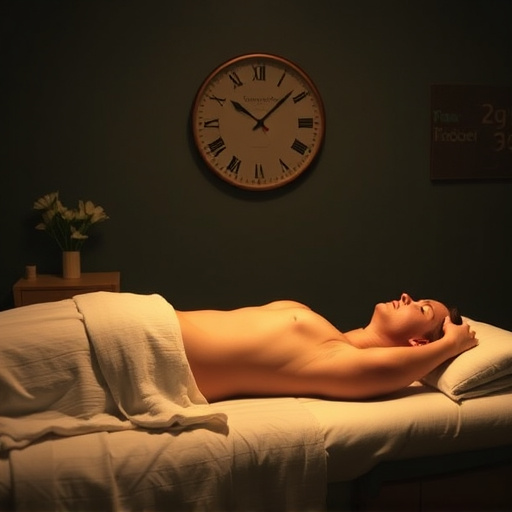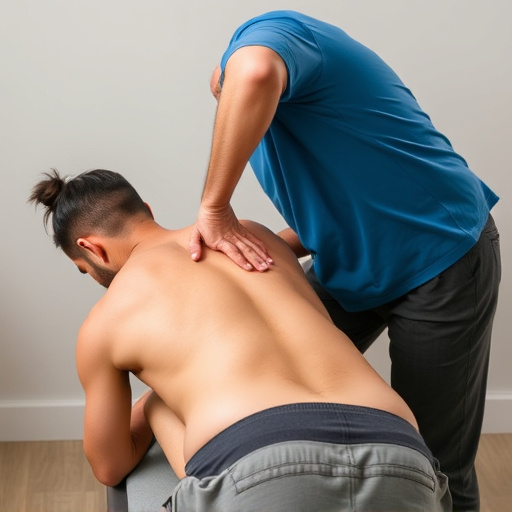Massage therapy is a valuable tool in sports injury treatment, offering immediate relief from headaches and enhancing muscle recovery. Regular sessions improve blood circulation, remove metabolic waste, reduce inflammation and pain, and promote mental relaxation, crucial for athletes' focus and performance. Incorporating massage into training regimens leads to more efficient healing, managing scar tissue formation, and improving range of motion. Chiropractic care combined with massage provides comprehensive relief from physical and mental chronic pain, contributing significantly to positive recovery outcomes and enhanced athletic performance.
Massage therapy has emerged as a powerful tool in the realm of sports injury treatment, offering more than just temporary relief. Understanding the science behind its benefits can revolutionize how athletes approach recovery. This article delves into the transformative potential of massage for sports injuries, exploring its role in enhancing treatment outcomes. From accelerating muscle repair to improving range of motion, massage becomes an integral part of comprehensive protocols, leading to faster and more effective healing.
- Understanding Massage Benefits for Athletes
- Incorporating Massage into Sports Injury Protocols
- Measuring Success: Improved Recovery Outcomes
Understanding Massage Benefits for Athletes
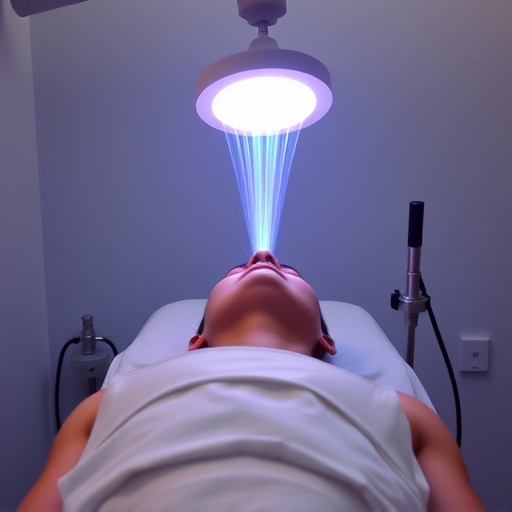
Massage has long been recognised as a valuable tool in sports injury treatment, offering a range of benefits tailored to meet the unique needs of athletes. Beyond providing immediate headache relief, regular massages can significantly enhance muscle recovery and overall athletic performance. By increasing blood circulation, massage helps transport essential nutrients and oxygen to injured areas, accelerating healing processes.
The technique also facilitates the removal of metabolic waste products that accumulate during intense physical activities, reducing inflammation and pain. Moreover, massage therapy promotes mental relaxation and reduces stress levels, which is crucial for athletes as it allows them to better focus and perform at their peak when recovering from sports injuries. In terms of sports injury treatment, incorporating massage into training regimens can lead to more efficient rehabilitation outcomes.
Incorporating Massage into Sports Injury Protocols
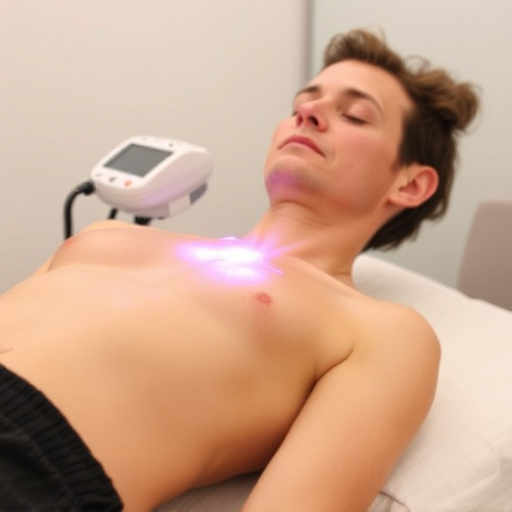
Many sports medicine professionals are now recognizing massage therapy as a valuable addition to their treatment protocols for athletes and active individuals suffering from sports injuries. Incorporating regular massages into the care plan can significantly enhance the overall effectiveness of sports injury treatment. This ancient practice offers a holistic approach, addressing not just the physical symptoms but also promoting relaxation and reducing stress levels, which are crucial factors in an athlete’s recovery process.
By integrating massage therapy, healthcare providers can target specific areas of pain and inflammation associated with common sports injuries like muscle strains, tendonitis, and even herniated discs (a focus on neck pain treatment). The gentle manipulation of tissues helps improve blood circulation, speeding up the body’s natural healing mechanisms. Moreover, regular sessions can aid in scar tissue management, ensuring proper repair without restrictive fibrosis, which is essential for restoring full range of motion in affected joints and muscles (herniated disc treatment benefits extend beyond neck pain relief).
Measuring Success: Improved Recovery Outcomes
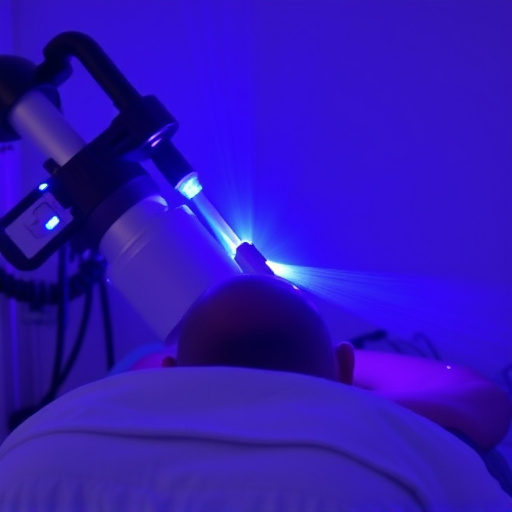
Measuring success in sports injury treatment often revolves around evaluating improved recovery outcomes. Massage therapy plays a significant role in this process by promoting faster healing and enhancing overall rehabilitation. Studies have shown that regular massage sessions can reduce inflammation, alleviate muscle tension, and improve blood circulation – all critical factors for effective sports injury treatment. By expediting the body’s natural healing mechanisms, massage helps athletes regain mobility, strengthen muscles, and accelerate their return to peak performance.
In terms of chronic pain relief, chiropractic care often works in conjunction with massage therapy as part of a comprehensive injury rehabilitation program. This combination addresses both the physical and mental aspects of recovery, making it an effective approach for managing acute and persistent injuries. As athletes strive for optimal sports injury treatment, embracing evidence-based practices like massage can significantly contribute to positive recovery outcomes and enhanced athletic performance.
Massage, as a complementary therapy, significantly enhances sports injury treatment outcomes. By understanding its benefits and incorporating it into injury protocols, athletes can experience faster recovery rates. Measuring success through improved physical and mental well-being, shows that massage is an invaluable tool in the arsenal of any sports medicine professional, revolutionizing how we approach sports injury treatment.




